

| The Celery
Bog has undergone many changes to become the wetland we know today. The
process began at the end of the last ice age 15,000 years ago. At this
time, the current Celery Bog was covered by a large open lake
similar to Hadley Lake. Picture
- Hadley Lake from Moorehouse Road
|
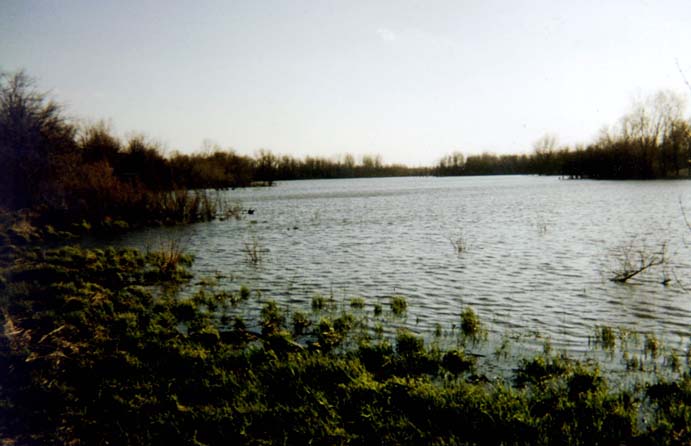 |

| Over time, this
open lake became filled with sediment and vegetation. The area was in a
transitional stage changing from a lake into wetland. The type of
wetland it changed into is known as a fen. Left
Picture - an example of a lake transforming into a fen
Right Picture - an example of a fen |
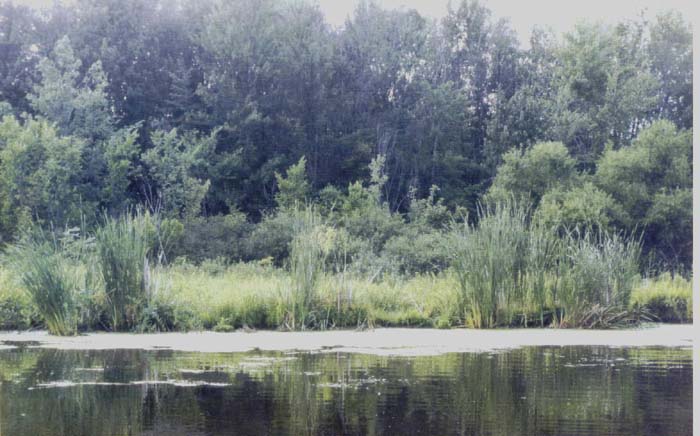 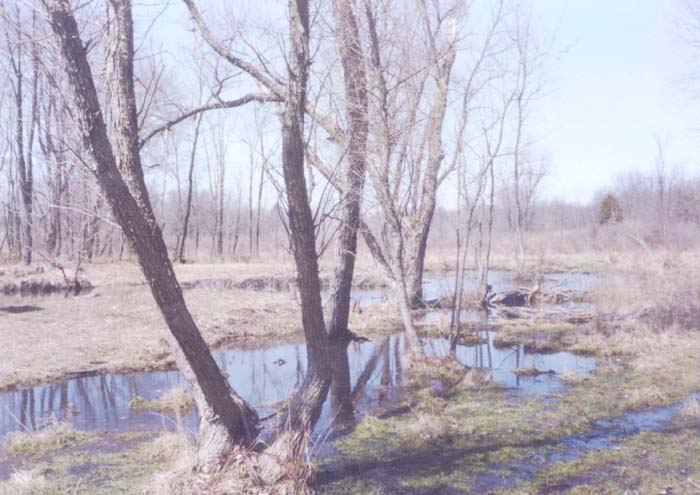 |

| Wetlands are one
of the richest biological habitats on Earth. Unfortunately, they have
been viewed for centuries as a physical constraint to most land uses
and they have been drained in order for the land to be used by the ever
growing population. The eradication of wetlands was a global phenomena,
and in the United States, agriculture was the primary reason for
draining wetlands. The Celery Bog area underwent this trend in the late
1800's when farmers installed a tile drainage system to dry out the
wetland so crops could be grown in the rich peat soil. Click here to learn
more about this
period in the history of our Celery Bog. A tract of
farmland near the present-day marsh still illustrates this stage in the
Celery Bog's history. Picture
- A view of the northern portion of the Celery Bog, where the tile
drains are functional and the land is still used for farming.
|
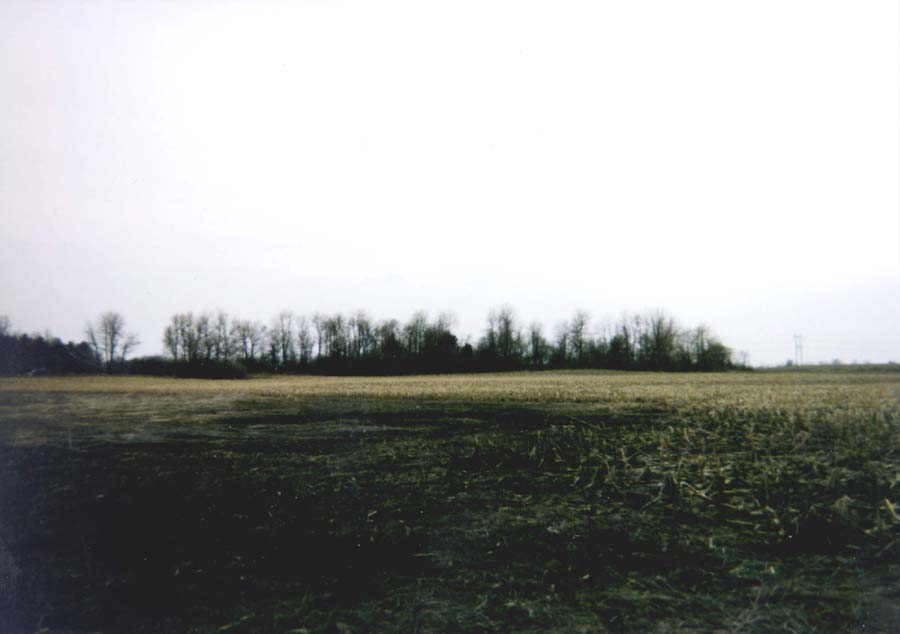 |

| Due to
difficulties in draining the lower portions of the wetland, the current
marsh formed after the tile drain system was abandoned in the late
1960's. Without the drainage system being operated, the water levels
quickly rose in the old wetland area to form our present-day Celery Bog. Picture
- The marsh during the wet season along the
Celery Bog Nature Trail |
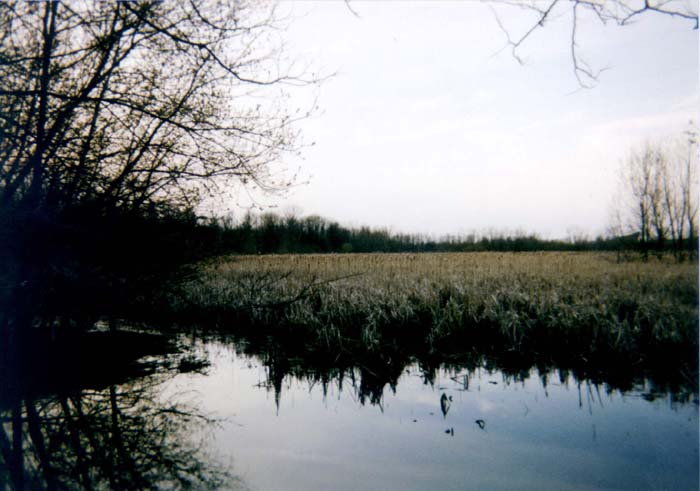 |